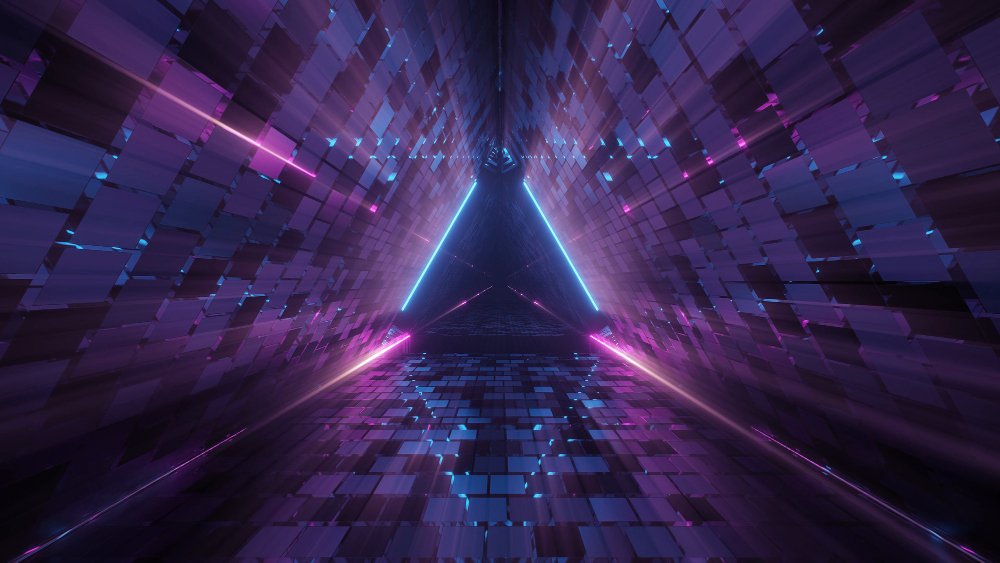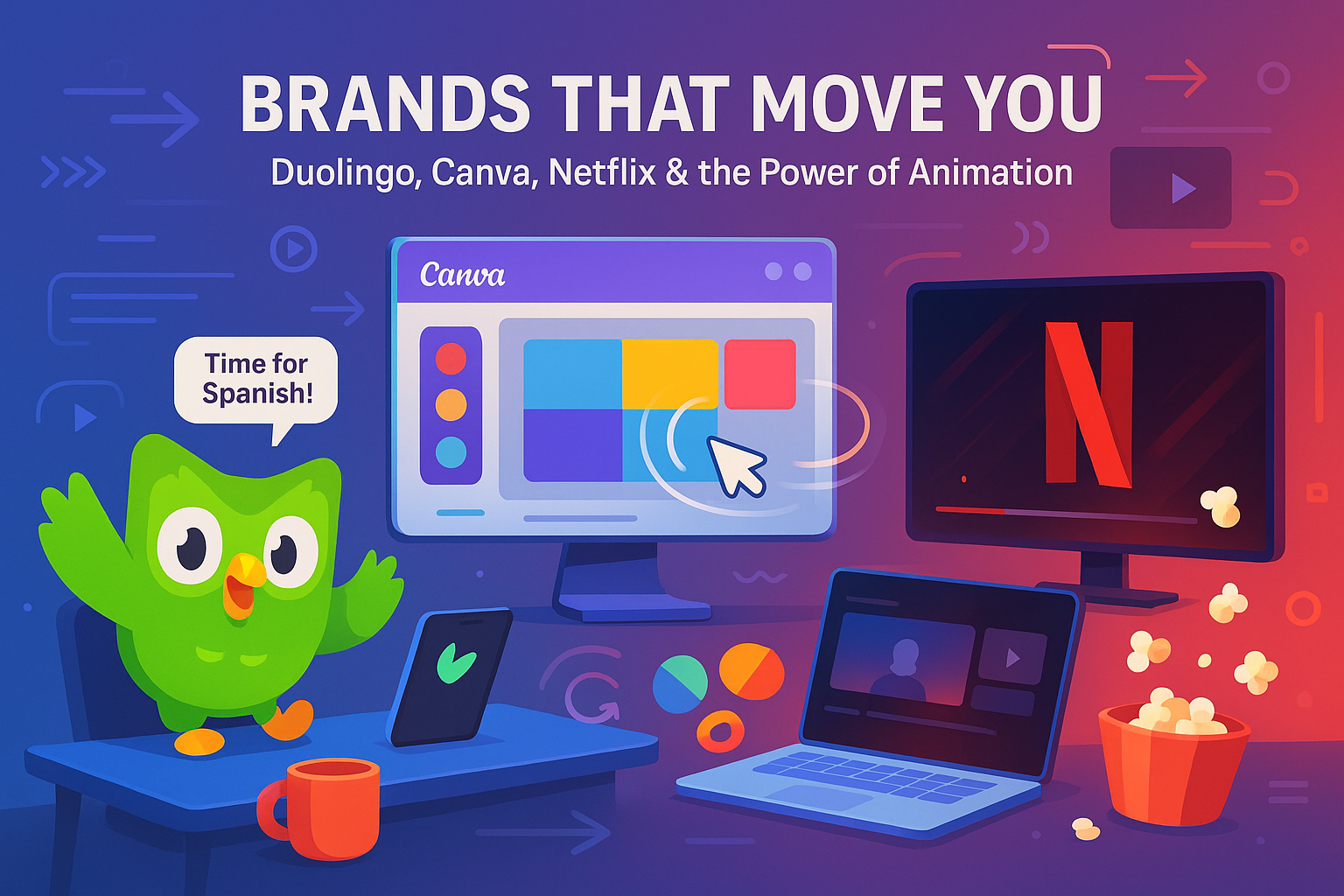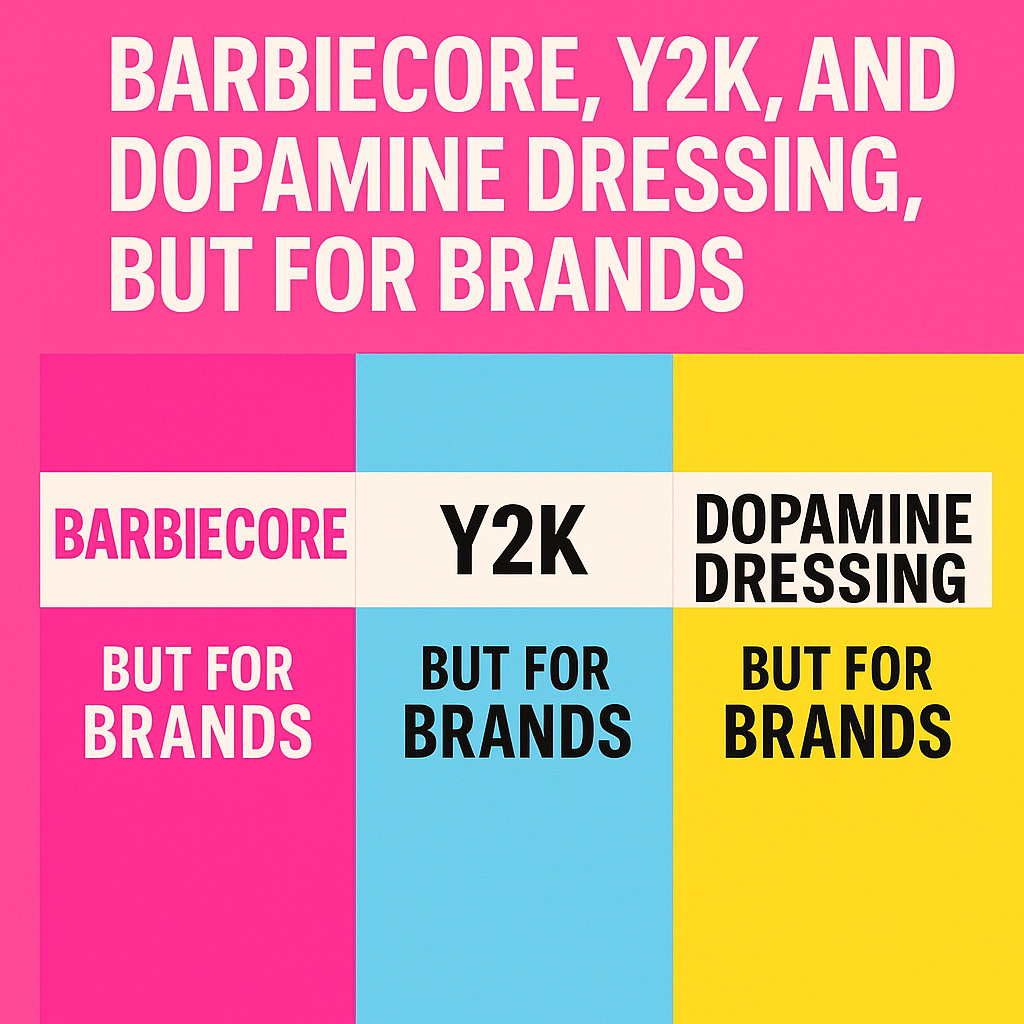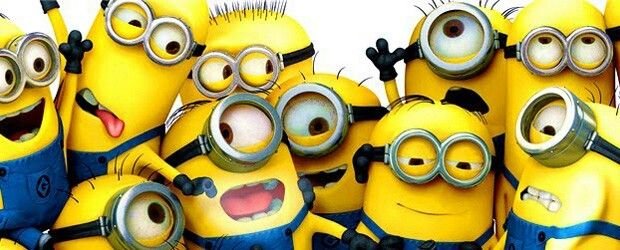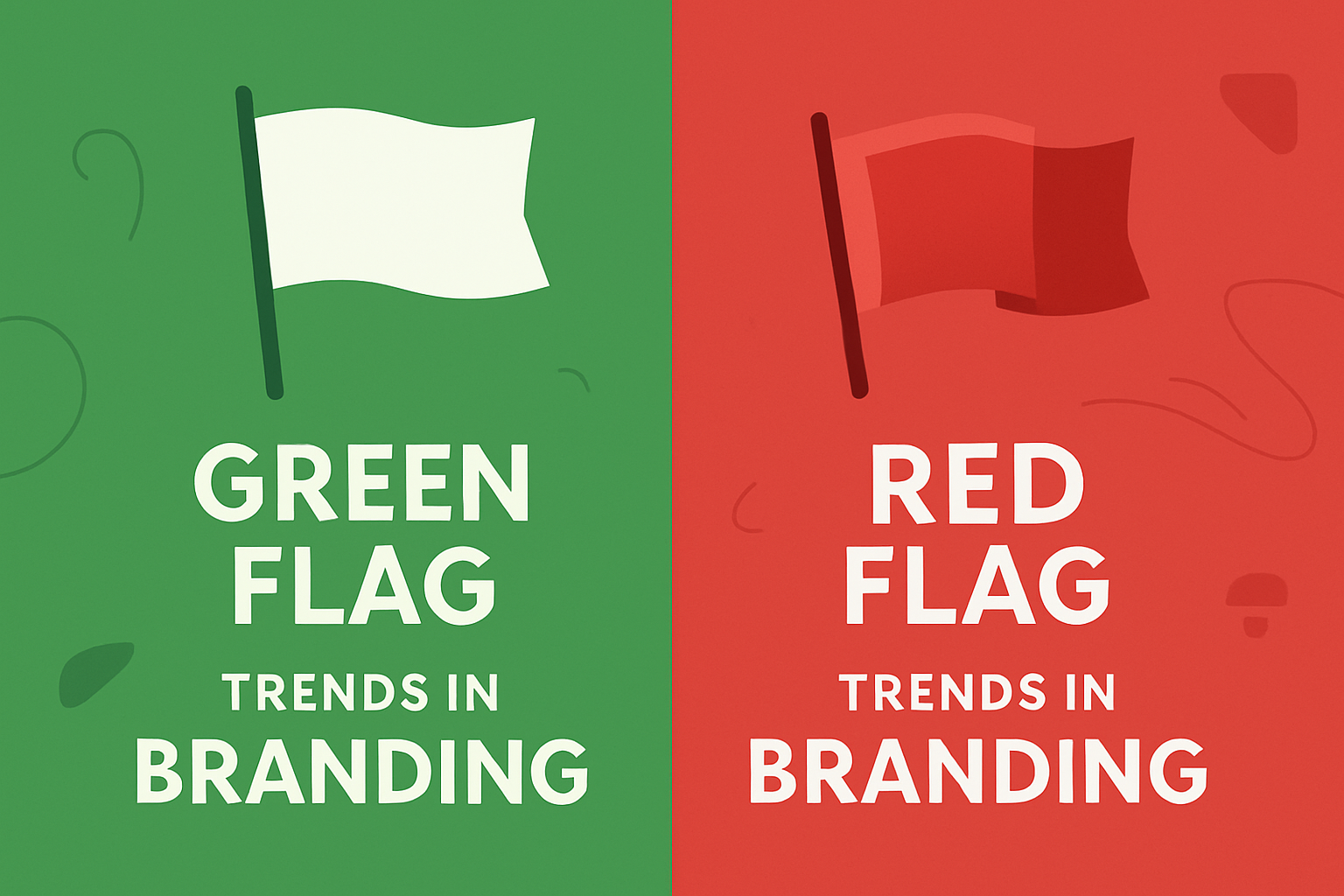Scroll through your social feed for five minutes, and chances are, you’ll come across an animated post that makes you stop mid-scroll. It might be a dancing green owl reminding you to finish your Spanish lesson, a smooth transition on a design platform, or a gripping animated Netflix teaser. Behind that split-second pause is the magic of animation, a powerful, attention-grabbing tool that the smartest brands are using not just to entertain, but to build emotional connection, improve usability, and reinforce identity.
Among the best in the game? Duolingo, Canva, and Netflix. These brands aren’t just using animation, they’re slaying with it. Let’s break down exactly how they’re doing it and what lessons your brand can take from their animated success stories.
Duolingo: The Owl That Became a Pop Culture Icon
At first glance, Duolingo is just a language learning app. But thanks to its clever use of animation, it has evolved into something of a cultural phenomenon. The key? Character-driven branding.
The Rise of Duo the Owl
Duolingo’s owl mascot, Duo, isn’t just a brand icon; it’s a fully animated character with personality, mood swings, and memes galore. Duo reminds users to do their lessons, but not in a boring, push notification kind of way. Instead, the reminders are delivered with threatening eyebrows, zoom-ins, melodramatic expressions, and absurd situations that make users laugh, and maybe feel just a little guilty.
This exaggeration, achieved through expressive animation, gives Duo a voice that’s instantly recognizable and emotionally engaging. Users now joke about being “haunted” by the owl, but in reality, they’re logging back into the app more often than ever. That’s brand stickiness at its finest.
TikTok, Memes, and Movement
Duolingo’s social media game, especially on TikTok, is a masterclass in using animated content to go viral. Whether it’s Duo doing a dramatic hair flip, crashing an office party, or lip-syncing to trending audios, every move is animated storytelling. It blurs the line between app mascot and social media influencer. The lesson? Animation can turn a static brand asset into a living, breathing content machine.
Canva: Seamless Design, Seamless Animation
If Duolingo is bold and chaotic, Canva is clean, calming, and incredibly user-friendly. And a big reason for that smooth UX is its clever use of micro-animations and interface motion design.
Why Motion Matters in UX
When you’re designing in Canva, every action feels intentional. Hover over a button, and it glows gently. Add an image, and it slides into place with a satisfying snap. These are not flashy effects; they’re functional animations, guiding users through the app and making the interface feel alive.
Motion helps communicate cause and effect, progression, and interaction. In Canva’s case, it reduces friction. The app becomes intuitive not just because of layout or typography, but because the animations do part of the explaining for you.
Motion in Marketing
Outside the app, Canva’s promotional content is equally sleek. Whether it’s a tutorial on Instagram or an animated reel showcasing design templates, the animation is clean, elegant, and minimal, reflecting Canva’s brand values. You never feel overwhelmed; you feel inspired to create.
And here’s the kicker: these animations are not just about flair, they’re about empowering the user. Canva shows, rather than tells, what you can do with its tools. It’s visual storytelling that builds confidence. A lesson every SaaS or tech brand should learn.
Netflix: Animation that Builds Suspense, Emotion, and Buzz
We all know Netflix for its cinematic brilliance. But behind the scenes, Netflix is also a powerhouse of animated content, especially when it comes to motion branding and storytelling.
The Iconic ‘Ta-Dum’
Let’s start with that now-famous sound and visual: the Netflix intro. The animated logo sequence with its sharp motion, light trails, and sonic punch sets the mood for what’s to come. It’s short, just a few seconds, but instantly iconic.
That’s the power of brand animation done right: it becomes part of the identity. Netflix’s intro isn’t just a logo reveal; it’s a ritual. It builds anticipation and signals quality.
Social Teasers & Motion Graphics
Netflix’s social content is equally strategic. Trailers and teasers are often loaded with animated text effects, transitions, and glitch-style cuts that match the tone of the show, whether it’s a romantic comedy or a crime thriller. Even their Instagram carousels use subtle motion to pull you into a storyline before you’ve even hit play.
Animation here is not just visual dressing; it’s emotional bait. It draws you in, builds a mood, and guides your eyes and attention.
So What’s the Secret Sauce?
While each of these brands uses animation differently, they all understand a few core principles:
1. Animation = Identity
Duo isn’t just cute; he is Duolingo. The Netflix logo isn’t just a visual, it’s a brand experience. Canva’s transitions don’t just make things look good; they feel like Canva. Animation becomes an extension of the brand voice.
2. Less is Often More
None of these brands relies on overwhelming or gimmicky motion. The key is purposeful animation, motion that enhances rather than distracts. From Canva’s smooth transitions to Netflix’s flickering text effects, the motion is always deliberate.
3. It’s About Story, Not Just Style
Whether it’s Duo’s chaotic adventures, Netflix’s emotional montages, or Canva’s how-to reels, the best animations tell a story. Even in five seconds. Even in a loop.
How Your Brand Can Learn from Them
You don’t need to be a billion-dollar company to leverage animation like the pros. Here’s how to start:
- Create a character or a recurring visual style that users can emotionally connect with. (It could even be your logo brought to life.)
- Use motion to guide, not just wow. Animations should help your users navigate, understand, or engage more effectively.
- Be consistent. Whether it’s social, product, or ads, use animation as a language across all touchpoints.
- Adapt to platform culture. Duolingo thrives on TikTok because its animation aligns with the platform’s humor and pace. Customize accordingly.
Conclusion: Motion That Moves People
Animation isn’t just about aesthetics. It’s about creating memorable, emotional, and functional brand experiences. Duolingo makes us laugh. Canva makes us feel like designers. Netflix gives us goosebumps in under five seconds.
So the next time you’re thinking about your brand’s content or user experience, ask yourself—not just “What does this look like?” but “How does it move?” Because in today’s digital landscape, animation might just be the heartbeat your brand needs.

